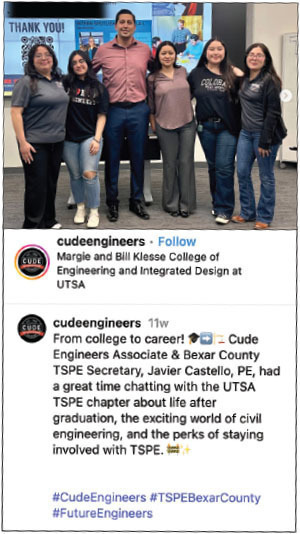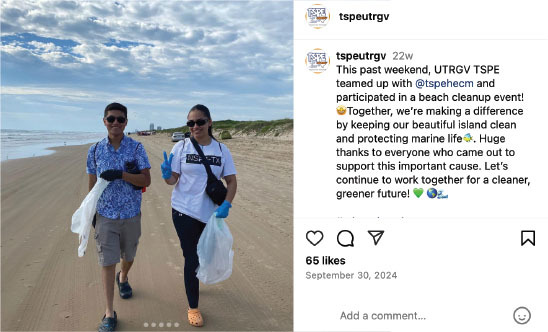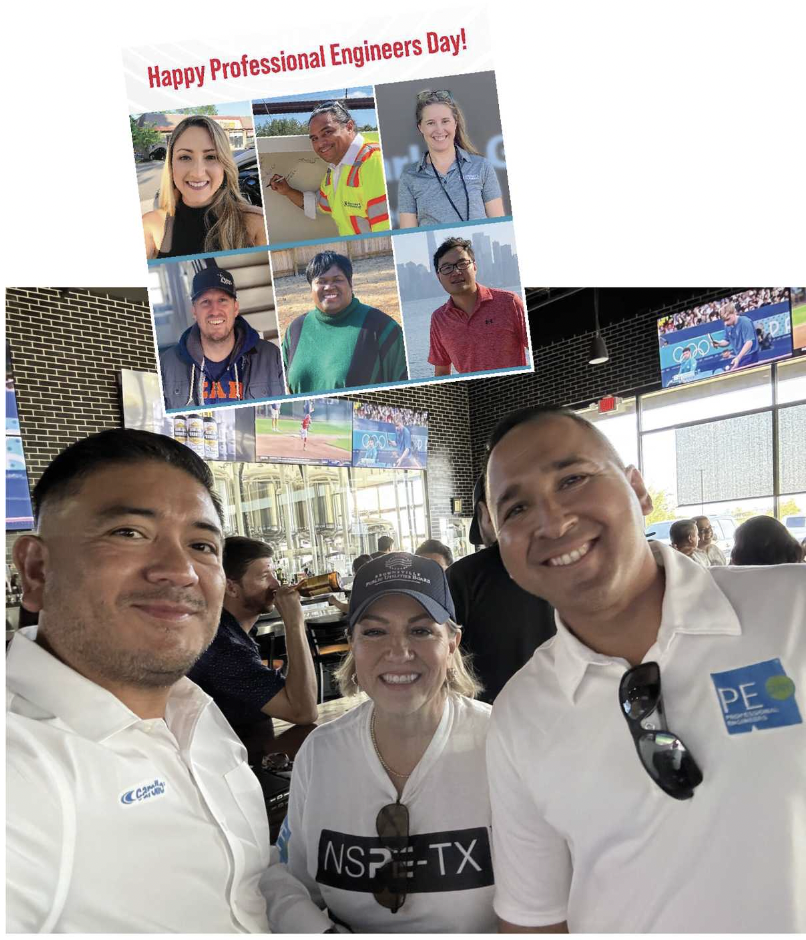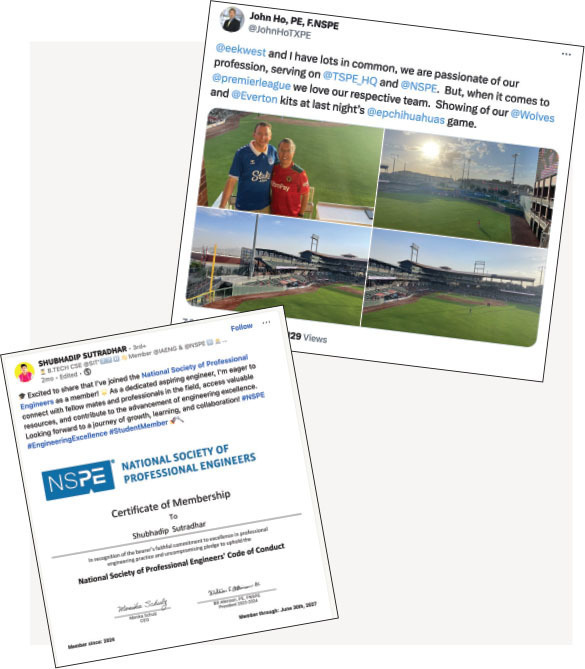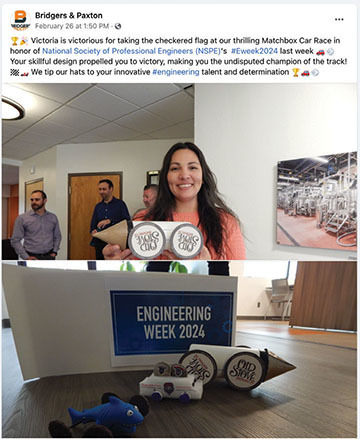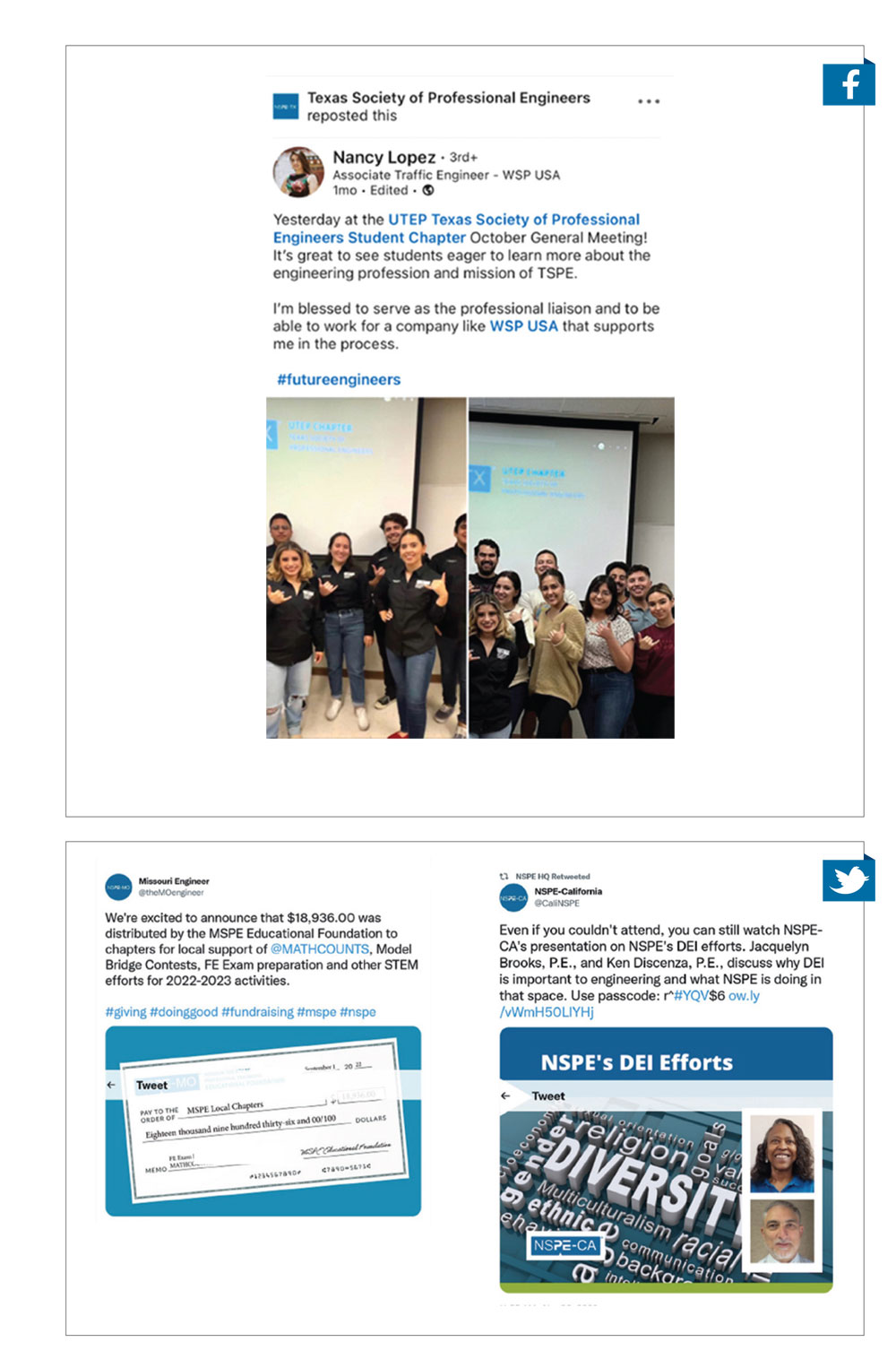June 2014
Letters
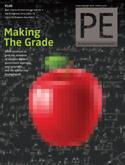 Don’t Get Lost in the Numbers
Don’t Get Lost in the Numbers
Lately there seems to be so much said about percentages of engineers in just about any area of discussion (as in “When Women Leave, Engineering Loses”, March PE, p. 8).
My first introduction to these engineering percentages was during my freshmen orientation at college, when the dean of engineering asked that we look at our fellow classmates next to us. He then said of all of you here today, only 20% will graduate from this university with an engineering degree. (He was close: For my class it was 19%.)
Fortunately, I was part of that group. During my course of study, I saw the other 80% drift away. Once we entered industry, I saw three-quarters of the remaining 20% move to other work, where engineering became secondary or even irrelevant to their primary duties.
That leaves about 5% of freshmen who started engineering to do the real engineering we all refer to, and those individuals are usually found in our engineering firms or private practice where the real definition of a professional engineer was born and exists today.
It’s no different than in any other profession, such as sports, where a star high school athlete’s chances of becoming a professional athlete are still quite slim. I believe we should forget the percentages and concentrate on producing quality engineers, those who can excel in the real world.
As always, you produce a great magazine. Thanks!
John Pollock, P.E.
Cleburne, TX
After-School STEM
STEM is probably the best extant source of new engineering students. Some of the activities and programs related to STEM schools, such as the 180,000-member Technology Student Association, stimulate and challenge young members through national, state, and regional competitions. Recently, the Colorado chapter of the TSA held a state competition among middle school members to design a video game for a specific grade level that had an educational premise, among other activities. A team from Broomfield was among the competition winners and was selected to go to the national competition this July in Washington, DC.
Unfortunately, this wonderful source of future engineers cannot be fully developed because many of these very bright kids cannot afford to travel to and participate in these extracurricular activities. It behooves members of NSPE, as major employers of engineers, to help encourage and support this fountainhead of future employees. As an organization, the Society has an obligation to support and even help fund these programs.
Robert R. Evans, P.E.
Lawrence, KS
‘All Things to All People’
In response to NSPE Executive Director Mark Golden’s article “Concentrating on Strength, Focus, and Fit” (December, p. 33): Thank you. And NSPE can start by continually reiterating that engineers cannot be all things to all people.
In the December PE letters to the editor (p. 3), the state president of the Florida Engineering Society called a licensure applicant unethical for going to a different state in order to take the engineering exam, where nonengineering training was not required.
The applicant in this case was most certainly an opportunist but not unethical. Opportunists have made us all better off on numerous occasions by fulfilling a need that few, if any, saw at a particular moment.
There is a clear trend toward adding nonengineering requirements to licensing, which appears unlawful based on the fundamental notion and legal premise that it is not possible for any one person to be all things to all people.
Help put a stop to this apparent encroachment into engineering licensure by issuing warnings and sanctions through a court of jurisdiction to state licensing boards and others who choose to ignore or violate this fundamental rule of law in engineering licensing.
Terry D. Welander, P.E.
Virginia, MN


 Volunteering at NSPE is a great opportunity to grow your professional network and connect with other leaders in the field.
Volunteering at NSPE is a great opportunity to grow your professional network and connect with other leaders in the field. The National Society of Professional Engineers (NSPE) encourages you to explore the resources to cast your vote on election day:
The National Society of Professional Engineers (NSPE) encourages you to explore the resources to cast your vote on election day: